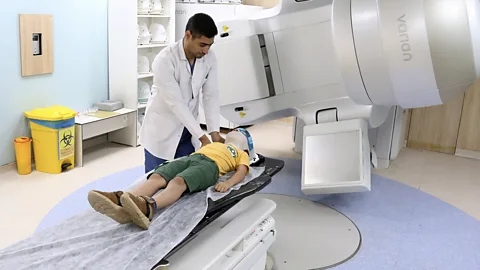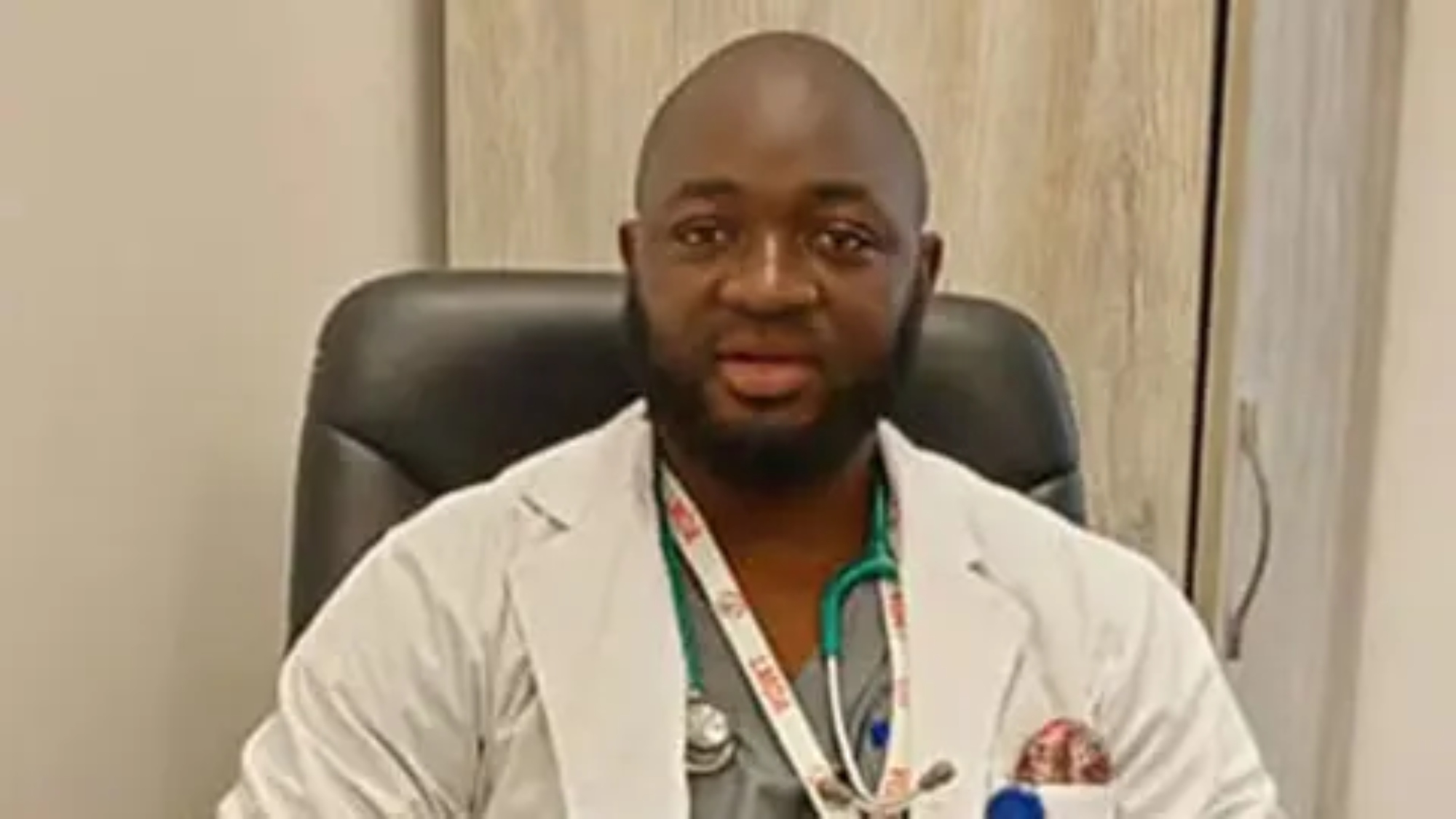Doctors take on dental duties to aid low-income, uninsured
patients' oral health
In underserved communities across the United States, access
to dental care remains a pressing issue, especially for low-income and
uninsured individuals. However, a growing trend is emerging where healthcare
providers are stepping up to fill this gap by integrating dental services into
primary care settings. Pediatrician Patricia Braun and her team at the Bernard
F. Gipson Eastside Family Health Center in Denver exemplify this innovative
approach.
On any given day, Braun and her colleagues attend to a multitude
of patients, providing not only typical medical care but also comprehensive
dental assessments and preventive treatments. This integrated model of care
acknowledges the significant oral health needs within the patient population
they serve – a population often lacking access to traditional dental services.
With federal grants and private funding, similar programs
have been established in various states, training primary care providers to
address oral health concerns alongside medical issues. These initiatives aim to
bridge the gap between medical and dental care, ensuring that patients receive
holistic healthcare services in a single visit.
However, despite the strides made in integrating dental care
into medical practices, numerous challenges persist. In states like Montana,
where geographic barriers and workforce shortages are prevalent, recruiting
dental professionals remains a significant hurdle. Additionally, regulatory
differences among states regarding the scope of practice for dental hygienists
further complicate the implementation of these programs.
Despite these obstacles, the benefits of integrating dental
care into medical settings are evident. Increased access to fluoride treatments
during medical visits not only improves oral health outcomes but also enhances
parents' knowledge of proper dental care for their children. Moreover,
embedding dental hygienists within medical teams allows for more comprehensive
and timely interventions, particularly in rural areas where access to specialized
dental care is limited.
The collaboration between medical and dental professionals
marks a departure from traditional siloed approaches to healthcare. By working
together, providers can leverage existing healthcare infrastructure to reach
underserved populations more effectively. Initiatives like those led by Braun
in Denver and replicated in communities across the country demonstrate the
potential of this integrated model to address disparities in oral health
access.
Furthermore, efforts to integrate dental care into prenatal
visits present another opportunity to improve oral health outcomes,
particularly for pregnant women who gain dental coverage through Medicaid. By
capitalizing on routine medical visits during pregnancy, healthcare providers
can address oral health issues early, potentially reducing the risk of
complications for both mother and child.
Nevertheless, the financial sustainability of these programs
remains a concern, especially in the face of uncertain Medicaid policies and
the need for ongoing investment in equipment and personnel. Despite these challenges,
the impact of integrated care initiatives is tangible, with significant
increases in preventive oral health interventions and access to care for
vulnerable populations.










.jpg)